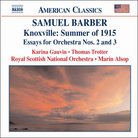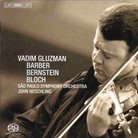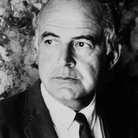Samuel Barber: Adagio for Strings
For many, it was its use in the film Platoon. For others, it was William Orbit’s Pieces in a Modern Style project.
But very few of us can claim to have first experienced Barber’s Adagio for Strings in its original form: as part of a string quartet. The American composer wrote his string Quartet Opus 11, in 1936 – and considered himself happy with the result. But he had one of the twentieth-century’s greatest conductors to thank for what became a new and far more profitable life for this relatively unknown piece. Arturo Toscanini spotted a hit when he heard its second movement, and urged Barber to arrange it for full string orchestra. The composer wisely took the advice on board – and, in 1938, Toscanini premiered the new work with the NBC Symphony Orchestra. Millions of Americans were listening as it was broadcast on the radio, and Adagio for Strings quickly became a huge success.
The solemn, heart-wrenching sadness of the music has lent itself to a range of powerful uses beyond the concert hall. Adagio for Strings was played at the funeral of Albert Einstein, can be heard on all sorts of commercials and movie soundtracks, and has become a modern day hit among trance music pioneers, who have taken the hypnotic harmonies composed by Barber and used them to create very different, high octane sounds. The composer also arranged a choral version of the work, the Agnus Dei, in 1967.
Recommended Recording
Detroit Symphony Orchestra; Neeme Järvi (conductor). Chandos: CHAN 9169.
Illustration: Mark Millington









